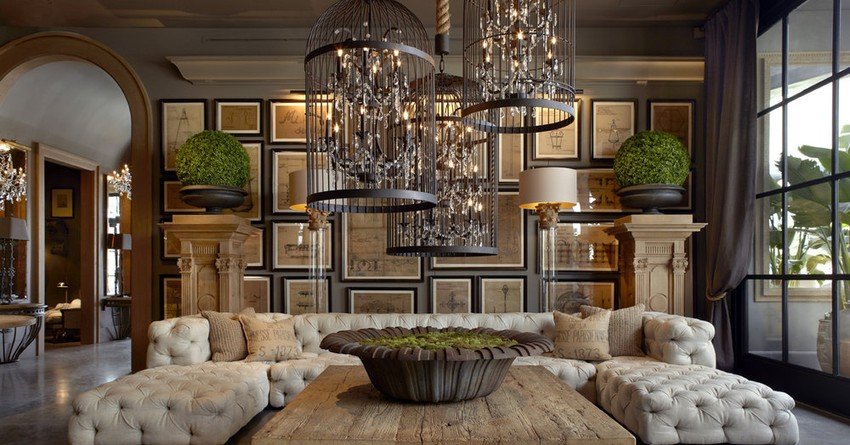
Have you ever had that experience when you are staying in a hotel and you say “I love this bed (pillows/sheets/whatever) so much. I wish we had this at home.” Then nine times out of ten you forget to rip the sheets off to check the brand. I have rung a hotel to try and find their brand source of pillow for home but to no avail but I could purchase the bed for $10,000! I did think about it.

On every trip to the US I undertake a pilgrimage to the shrine of West Elm. This is now made a lot easier by the opening of their stores in Australia and shipping to NZ (no more holding a dozen plates on my lap on the 3 hour flight from Melbourne).
A retailer of contemporary furniture and homewares, they are a wholly-owned subsidiary of Williams-Sonoma. Exceptional visual merchandising, inspirational room displays and design led product development; West Elm is a leading retailer inspiring and helping customers achieve the end goal of creating a complete home aesthetic. Collaborating with up and coming designers has build a community of trust, respect and style.
Rather than diving in head first away from their core knitting, last year West Elm dipped their toe in by opening a commercial division Workshop and making furniture for Marriott’s Spring Suites. Now they have partnered with leading hospitality management team DDK to open their boutique hotel chain.
DDK has over 60 years of combined hospitality and investment experience and has spearheaded the development, launch, and day-to-day management of some of the world’s strongest new hospitality brands. The vision according to their PR” a truly modern hotel bringing together design, technology and community to create spaces that make everyone feel like they belong. Our top priority is consistent, high-quality service and a locally-driven guest experience.”

The West Elm approach is deliberate, scouting locations in mid-tier U.S. cities whose hotel markets seemed underdeveloped for example, Charlotte, North Carolina. “We’re doing this in areas where there is already some sign of a groundswell of people who want to revitalize that area,” Jim Brett President of West Elm states. “If we came out and said our first hotels will be in New York, L.A., and Miami, it immediately sets a tone that isn’t community-centric and that has more of a vanity slant to it.” Commissioning local artists to produce work for the hotel lobbies and guest rooms, and partnering with local chefs and artisans on the food and drink will give it a distinctly West Elm “tribe” flavour.

Opening its first store in Brooklyn in 2003 shoppers have grown up aspiring for the brand while they kitted their flat with IKEA. Now graduating to West Elm to furnish their own homes customers visit West Elm stores for reasons beyond purely purchase. From pet-adoption events and flower-crown-making workshops, the followers tag photos of their purchases on Instagram and share their information so much that the brand has gathered a wealth of data about their preferences and their brand loyalty. Essentially, they have created an active bond with our customers that can extend beyond home and work.
Claiming the brand will offer “the experience of a high-end boutique at the pricing of a mid-market player,” the retailer insisted that the rooms won’t feel like showrooms and that the hotels won’t sell a single West Elm product on site; instead, hotel-related capsule collections will be available online.

Although being on the development cards since 2014, the long-awaited Restoration Hardware site at 55 Gansevoort Street in the Meatpacking District of Manhattan is planned to feature a restaurant as well just around the corner from its flagship store. To date the development has been plagued by issues related to the building of the site but the insight and opportunity is well established.

These concepts both West Elm and Restoration Hardware have developed tap into a number of trends and opportunities:
- The demand for quality boutique hotels with an edge beyond the cookie cutter of the large hotel chains
- Finding alternative ways to retail beyond simply opening more stores
- Customers wanting to be immersed into their brand community – the desire to “live, breath and be” part of the brand experience
- The commercial opportunity to extend the active bond with customers by showcasing product with an “experience before you buy” approach

On one hand for it to work, all aspects of how the customer rates their stay at the hotel must be top notch. From the front desk to the room service and especially to the house-keeping service, it must be first rate. Then it will make the guests see the quality of the total experience. Hotels are so much more than simply the physical environment. Your travels should not feel every day; they should feel extraordinary.
On the other hand, I think this is utter genius. Test driving before you buy, living within the brand experience as an extension of your customer life and finding alternative ways to keep profits growing is segment disruption. This is a lifestyle customer immersion experience.

As a setting for experimentation and intelligence gathering, this has real promise. But there is also the potential for it to be an internal distraction. Then the ultimate question of risk. What if people have a bad experience? How does this reflect on the associations with the brand?
Thumbs up to both businesses. They are clever retailers and have well calculated all the risks and jumped in. Now just wait for my blog when I tell you about my stay with them.




